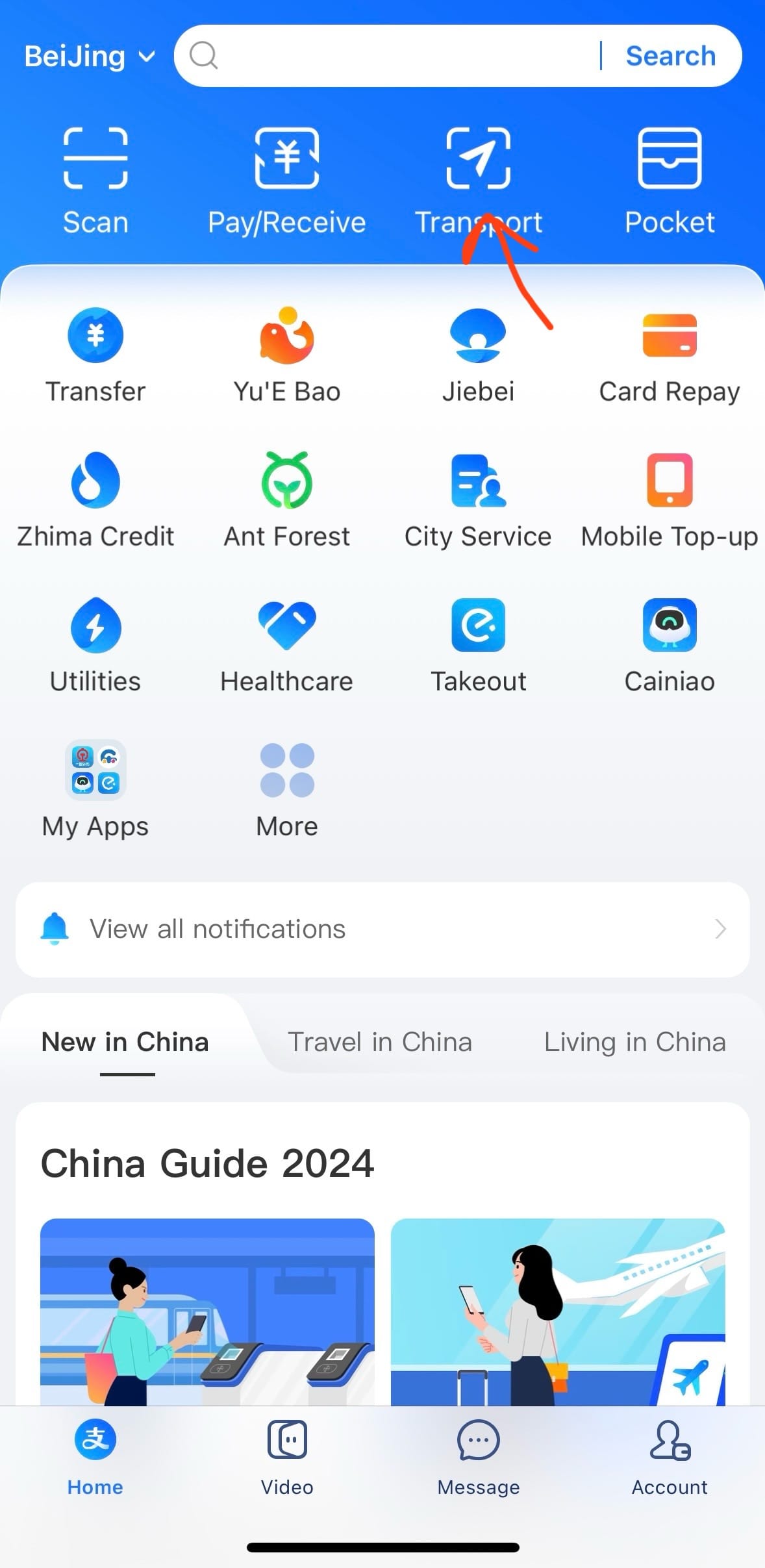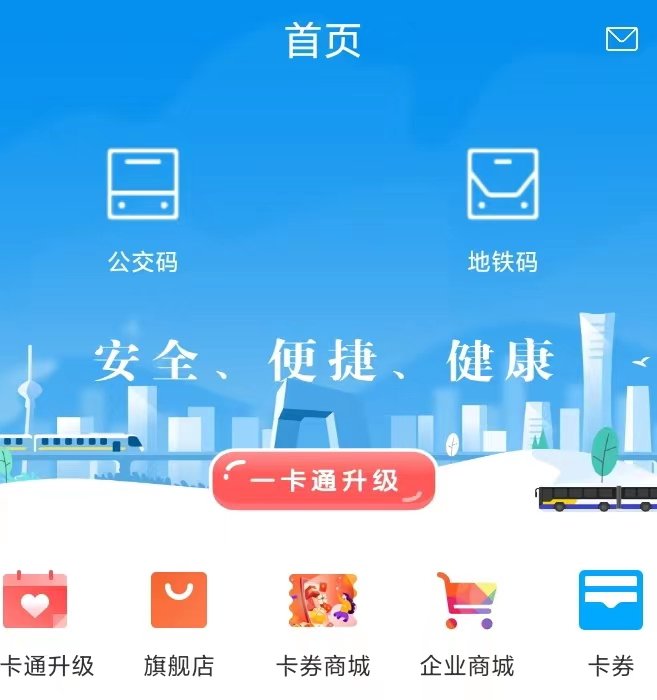Navigating Cities with Mobile Subway Apps in China
Imagine stepping off a plane in bustling Beijing or vibrant Shanghai, eager to dive into the heart of China’s urban wonders. But with its vast subway networks, navigating these cities can feel overwhelming—especially if you’re relying on familiar apps that don’t work here. That’s where mobile subway apps come in, transforming urban mobility in China into a seamless adventure. As a traveler, culture enthusiast, or tech curious explorer, mastering tools like China subway apps and QR code ticketing can make your journey efficient, affordable, and fun. Here at jusha.travel, we love sharing tips to make your China journey unforgettable, and in this post, we’ll explore how local travel apps are key to unlocking the best of urban mobility China and preparing for China travel apps in 2025. For more on navigating these systems, check out this comprehensive guide.
The Rise of Subway Systems and Urban Mobility in China
China’s subway networks have exploded in recent years, turning major cities into models of efficient public transport. From the sprawling lines of Beijing to the intricate web in Shanghai, these systems handle billions of riders annually, making them essential for both locals and visitors. Urban mobility China has evolved rapidly, with investments in high-speed trains and integrated transit hubs that connect shopping districts, historic sites, and food stalls in one seamless loop.
This growth is fueled by China’s push for modernization, where subway systems now rival global standards for coverage and speed. For instance, Shanghai’s metro is one of the world’s largest, with over 500 kilometers of tracks and more than 10 million daily riders. As you hop on a train, you’ll notice how stations are thoughtfully integrated with urban life—think underground malls selling street food like steaming xiaolongbao or quick access to cultural landmarks like the Forbidden City in Beijing.
Mobile subway apps have become the backbone of this revolution, offering real-time navigation that keeps pace with China’s fast-paced cities. Apps like Baidu Maps and AutoNavi (Gaode Maps) provide detailed routes, helping users avoid traffic jams and explore hidden gems. For insights into transportation tools, see this guide. According to resources like this guide on navigating China’s cities, these tools are designed for the local context, incorporating features like real-time crowd predictions to enhance your experience. If you’re planning ahead for China travel apps in 2025, expect even more innovations, such as AI-driven suggestions for lesser-known routes that lead to authentic tea houses or night markets. To explore 2025 tech trends, visit this post on innovations.
This integration of technology and daily life highlights China’s cultural emphasis on efficiency and community. As a traveler, using mobile subway apps not only saves time but also immerses you in the rhythm of city life, where punctual trains and clean stations reflect a blend of ancient heritage and cutting-edge innovation.

Essential Mobile Subway Apps for Seamless Navigation
When it comes to mobile subway apps, China offers a treasure trove of options tailored for local travel apps, making it easier than ever to get around without getting lost. Unlike Google Maps, which isn’t accessible in China due to internet regulations, apps like Baidu Maps and the China Subway Offline Map are your go-to for reliable navigation. These tools are optimized for urban mobility China, providing features that go beyond basic maps to include live updates and multilingual support. For the latest on China’s transport evolution, refer to this overview of 2025 trends.
Baidu Maps, for example, is a powerhouse for China subway apps, offering detailed transit directions in both Chinese and English. It can plot your journey from a historic hutong in Beijing to a modern art district in Shanghai, factoring in walking paths and transfer times. For offline reliability, the China Subway Offline Map app is invaluable—download it before your trip for high-resolution maps of major cities like Guangzhou and Shenzhen. As noted in this app’s details on Google Play, it’s perfect for areas with spotty Wi-Fi, ensuring you’re never stranded underground.
Then there’s the rise of super-apps like WeChat and Alipay, which integrate subway features seamlessly. These platforms go beyond navigation by incorporating QR code ticketing, allowing you to pay for rides with a simple scan—fare is deducted automatically from your linked account. This ties into the keyword QR code ticketing, a game-changer for travelers who want to skip long lines at ticket machines. Imagine buying a ticket for a quick trip to sample spicy Sichuan hot pot while your app handles the rest.
For 2025, China travel apps are set to become even smarter, with predictions of enhanced AI for personalized recommendations, like suggesting routes that align with your interests in food or culture. For more on high-speed rail and integrations, check out this detailed look.
How to Use Subway Apps Effectively with QR Code Ticketing
Now that you know the key apps, let’s dive into practical tips for making the most of them. Using mobile subway apps effectively involves a mix of preparation, cultural awareness, and tech-savvy strategies, especially when it comes to QR code ticketing. This feature, a staple of local travel apps, lets you breeze through turnstiles with just your phone, embodying China’s cashless culture.
First, set up your app before arriving. For WeChat or Alipay, link an international card or use a local payment method—this comprehensive guide recommends doing this in advance to avoid verification issues. Once set, switch to English in the app settings for easier navigation. For instance, in Baidu Maps, search for stations by name and let the app generate a QR code for your ride, which is then scanned at the entrance.
Cultural insights add depth here: Chinese subways are social hubs where you might spot locals sharing snacks or chatting about daily life. To blend in, use your app to plan around rush hours—avoid peak times like 7-9 AM and 5-7 PM to dodge crowds. This not only enhances safety but also gives you time to explore, such as stopping at a station near a famous street food vendor for jianbing (a savory crepe) in Beijing.
Watch for app limitations, like occasional mismatches in real-time data. Cross-check with official sources, and always download offline maps for underground areas. As urban mobility China continues to evolve, features like those in China travel apps 2025 will likely include augmented reality for visual route guidance, making your explorations even more intuitive.

Practical Tips, Pitfalls, and Cultural Insights for Travelers
As you embark on your China adventure, here are some final tips to navigate pitfalls and embrace the culture. Language barriers can be a challenge with some China subway apps, but many now offer English options—use built-in translators for added support. For example, if an app doesn’t fully translate, this resource on public transport suggests using WeChat’s translation tools to decipher station announcements.
One common pitfall is relying solely on connectivity; always screenshot key maps for offline
use, especially in crowded trains. Etiquette matters too—Chinese subway culture values order, so queue properly and keep your voice down. This respect extends to food; while eating on the train is generally fine, it’s a great excuse to try local flavors like stinky tofu at your destination.
Fun fact: Subways often connect to cultural hotspots, like Shanghai’s metro leading to the Yu Garden, where you can sip tea and watch traditional performances. Looking ahead to China travel apps in 2025, expect integrations that highlight these experiences, blending technology with cultural immersion.
In conclusion, mastering mobile subway apps opens up a world of efficient and enriching travel in China, from QR code ticketing to exploring urban mobility China with ease. By using tools like Baidu Maps and local travel apps, you’ll navigate cities like a pro, discovering hidden eateries and historic sites along the way. Here at jusha.travel, we’re passionate about inspiring your adventures, so remember these tips to make every trip memorable. We invite you to share your own subway stories in the comments below, visit jusha.travel for more China travel inspiration, or check out our related articles on cultural hotspots. Safe travels!

